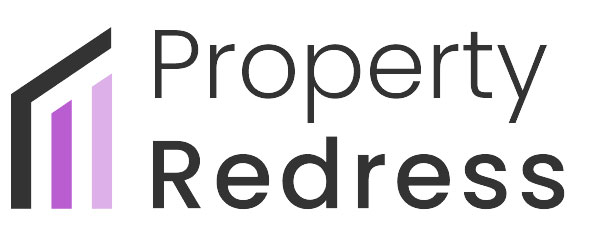At the Charles Cox Property Group, the safety and well-being of residents are of utmost importance. We understand the critical significance of fire safety in residential blocks and are dedicated to providing exceptional block management services while strictly adhering to regulatory compliance standards. Here are some key fire safety tips and best practices tailored for residential block environments.
Fire safety tips for e-bike and e-scooter users
Due to some serious examples from the fire-brigades, is is essential for owners of e-bikes and e-scooters to ensure they minimise the risk of fire hazards within residential blocks:
- Proper storage: E-bike and e-scooter users should never block escape routes with their vehicles. Store them away from main through routes, ensuring they do not impede safe passage. Our recommendation is to store these items in a secure external location, such as a garage or shed, whenever possible.
- Correct charging practices: The use of the correct charger is paramount to reducing the risk of fire. Users are advised to always utilise official chargers from reputable sellers. Additionally, avoiding any modifications or tampering with the battery is crucial. Be sure to strictly adhere to the manufacturer’s instructions to ensure safe usage.
- Caution with DIY conversions: Converting pedal bikes into e-bikes using DIY kits purchased online can pose significant dangers, including a higher risk of fire. It is advisable to hire a professional to carry out the conversion and ensure that the battery is sourced from a reputable seller and is not second-hand.
- Compliance with safety standards: Users should ensure that both their battery and charger meet UK safety standards. It’s important to remain vigilant for signs of malfunction, such as the battery feeling excessively hot or displaying any changes in shape. This attention to detail is essential for preventing potential hazards.
- Safe charging practices: Allowing the battery to cool before charging is a wise safety measure. Batteries can generate heat during usage, and it is advisable to let them cool down before recharging, as they may be more prone to failure if they become overheated. If charging batteries indoors, strict adherence to safe charging practices is recommended.
- Charger management: Unplug the charger once it has completed the charging cycle. Follow the manufacturer’s instructions for charging, and it is advisable not to leave chargers unattended or when occupants are asleep. Additionally, fitting alarms where charging takes place can provide an added layer of safety in addition to the above recommendations.
Fire doors
In line with the Fire Safety (England) Regulations 2022, all residents must be well-informed about the significance of maintaining fire doors in optimal condition. All flat entrance doors must be kept closed when not in use, and any instances of removal of the self-closing device are against the law.
Residents are advised against altering or replacing existing doors without seeking professional advice. Replacing a fire-resisting door with a non-fire-resisting one is a violation of the law. Timely reporting of any faults or damage to flat entrance doors to the landlord or freeholder is vital for maintaining fire safety standards.
Compartmentation
In the context of fire safety measures within residential blocks, the principle of compartmentation entails designing each flat as a fire-resisting ‘box’ enclosed by fire-resistant walls and floors, effectively preventing the spread of fire beyond its initial point of origin. Adequate compartmentation is integral for supporting the ‘stay put’ strategy, a fundamental aspect of fire safety protocols.
In purpose-built blocks, walls and ceilings are typically constructed using fire-resistant materials such as masonry, inherently providing an effective barrier against the spread of fire. However, in the case of buildings converted into blocks of flats after 1992, timber walls with two layers of skimmed plasterboard and timber floors with skimmed plasterboard ceilings are commonly found. It is vital to ensure the proper maintenance and condition of these materials to uphold fire safety standards. Lath and plaster construction may also be acceptable, provided it remains in good condition. If there are any signs of deterioration, such as severe cracking or exposed timber laths, it’s important to replace these materials with plasterboard or other fire-resistant boards.
Understanding the importance of fire maintenance records
At the Charles Cox Property Group, we emphasise the critical role of fire maintenance records in safeguarding properties and ensuring the safety of residents.
There are two sets of fire maintenance records that must be maintained:
- Office records, covering biannual emergency lighting discharge checks and biannual dry riser inspections. These checks are essential in ensuring the operational readiness of emergency lighting systems and dry risers, which are essential components of fire safety measures within residential blocks.
- On-site logbook records, including monthly emergency lighting “flick checks” and weekly manual call point checks, ensuring compliance and readiness of emergency systems in the event of a fire-related incident.
By maintaining these records diligently, you not only meet legal requirements but also contribute to a safer environment for all.
Explore our comprehensive block management services and learn how we can effectively manage your property, or contact our team today.







